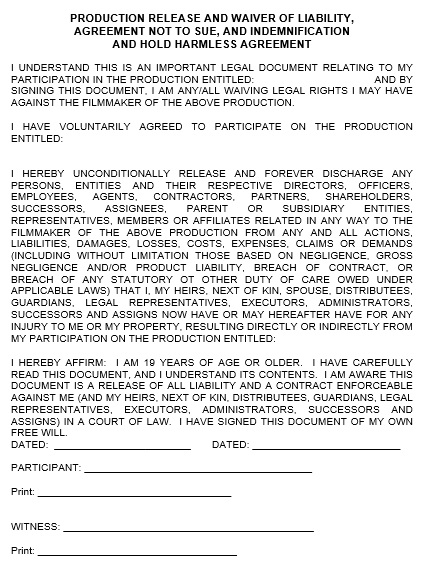

A general release of liability form (ROL) states that the participant will not hold the organization liable for things like personal injury, death, or property loss. The ROL protects one party from liability associated with physical risk. As release forms typically do not protect against negligent conduct, parties should take care to protect all participants. Please select your state and click the green button above to fill out an online release of liability.
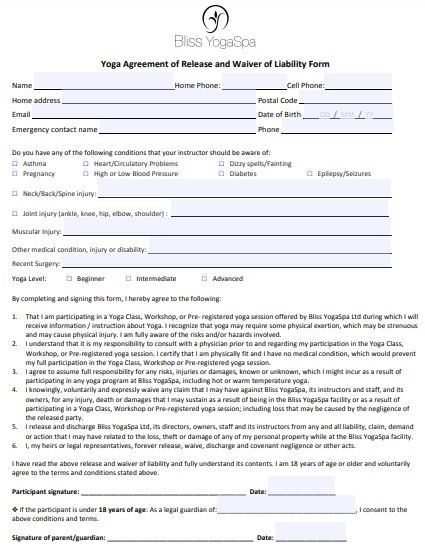
Download Template (101 KB)
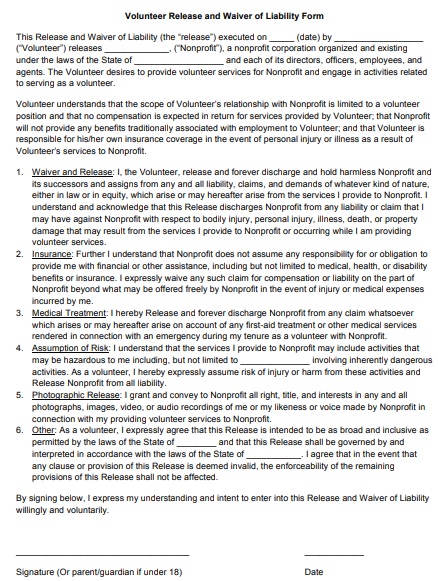
Download Template (46 KB)
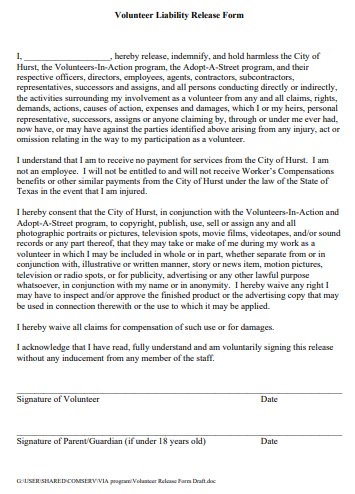
Download Template (8 KB)
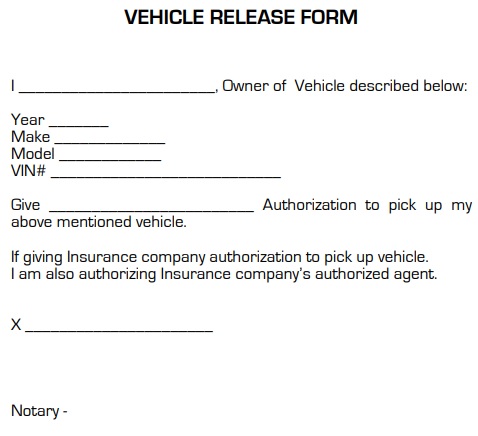
Download Template (20 KB)
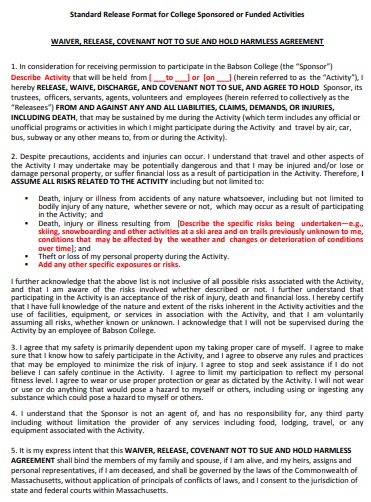
Download Template (430 KB)
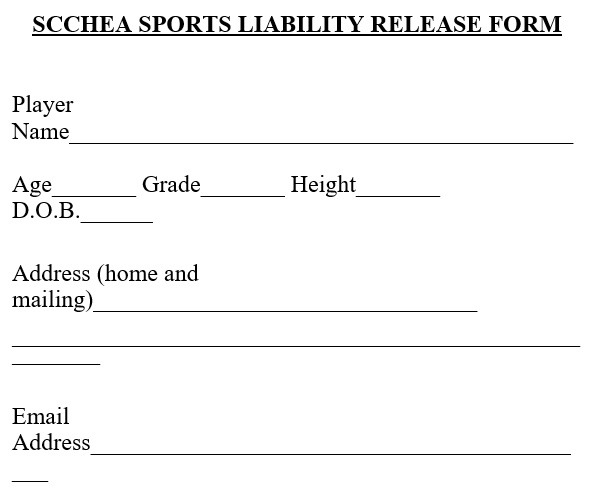
Download Template (21 KB)

Download Template (30 KB)
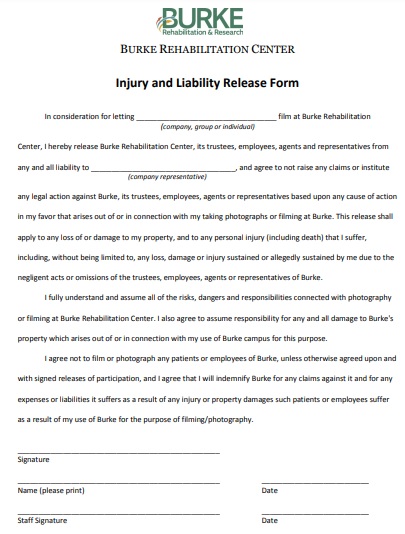
Download Template (107 KB)
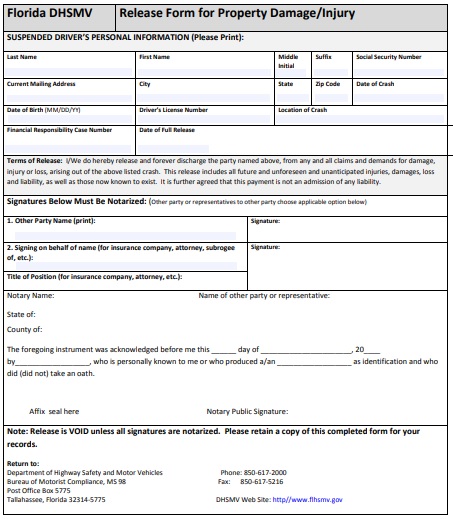
Download Template (336 KB)
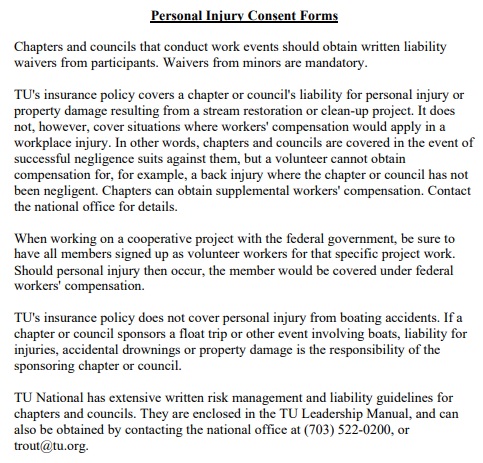
Download Template (10 KB)
AdvertisementsIn a hold harmless agreement, an organization or individual is generally not liable for any injuries or damages caused by the individual signing the agreement.
AdvertisementsIn a photo release form, an organization is granted the right to use a person’s likeness for photographic purposes.
A model release form gives a photographer the right to use the likeness of a model in his or her photographs.
AdvertisementsA waiver waives the individual’s right to sue an individual or organization for participating in an activity that has been agreed to.
This waiver waives an individual’s claim against an individual or organization for participating in an agreed-upon medical procedure.
AdvertisementsA release of liability, also known as a waiver of reliability, a release form, a liability release form, an assumption of risk form, a hold harmless agreement, or legal release. Further, it is a legal document between two parties, referred to as the Releasing Party and the Released Party. Essentially, a non-sue agreement prohibits a person or business from suing if they suffer injuries or damage as a result of participating in a risky activity.
AdvertisementsConsider activities, products, or services that could harm participants. A new product or service that has not yet been officially approved, such as a cheese spread or an experimental plane, falls under this category. Further, consider working with a consultant who specializes in risk assessment. Their assistance can be extremely helpful in determining how to implement this agreement.
AdvertisementsBelow are some of the most common protections that release of liability forms can offer:
An agreement under which one party forfeits (or “releases”) all known and unknown legal claims against another party.
Both parties release each other from all known and unknown legal obligations, past and present. In this case, both parties are simultaneously releasors and releasees.
A car accident release uses in cases of automobile accidents, as its name indicates. It is essentially a more specialized version of a General or Mutual Release. A party or both agrees not to sue the other for damages (known and unknown) associated with the wreck in question. To obtain a release, the at-fault party typically makes a monetary payment to the other.
This type of waiver is commonly used when real estate (e.g. a home, apartment, or office) property is damaged, or when personal property (e.g. jewellery, antiques, furniture, musical instruments) is damaged. Moreover, the party responsible for the damage typically pays the owner an agreed-upon amount of money in exchange for the release. In doing so, the party should prohibit taking further legal action or requesting additional compensation.
Do you have any experience skydiving, riding in a hot air balloon, bungee jumping, or driving a race car? If so, you probably signed a waiver of release promising not to sue the business that provided the experience if you were injured. The majority of waivers for participation are found in the entertainment and tourist industries where there is some risk of physical injury or even death.
In the absence of a release of liability, you can open yourself or your business up to unnecessary or unwanted litigation. Moreover, even if you incur upfront costs for creating, disseminating, and signing a release of liability, by doing so you will protect yourself and your company from a litany of legal battles and legal fees in the near and long term. Even though a release of liability gives you some protection, it does not protect you. In other words, it just makes it the client’s responsibility to prove that they should not warn about the possibility and the degree of risk. Further, it gives you alarm about the signee for participating in a risky situation. Therefore, you must include all the harm types in your release of liability form.
When you are going to sell a car, you are the owner of the car until its title and registration are going to transfer to another person. However, there are different criteria in some states like California, a waiver or release of liability you need to transfer to sell your car. Similarly, DVM processes the change in title and registration. However, many waivers ask from you for odometer reading, vehicle registration number and vehicle sale date of the used vehicle. This is important because it will provide the surety for the new owner to own the car. You may also like Mortgage Lien Release Form.
All general releases of liability should have the following information:
This guide provides you with all of the relevant information regarding releases of legal liability. You will learn about releases of liability, no matter if you are the releasee or the release. Moreover, the most common types of releases and the risks associated with not using one.
There is also some fear over whether or not waivers should sign by minors. Moreover, they signed for minors by a parent/guardian may be compulsory. Fortunately for recreation-focused businesses, many states apply for parental waivers. It’s important to understand how a parent signs waiver for a minor in your state. Further, how you or one will protect the business.
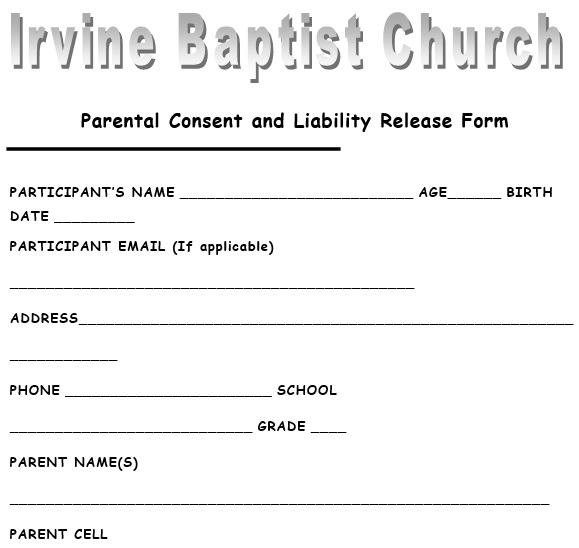
Download Template (40 KB)
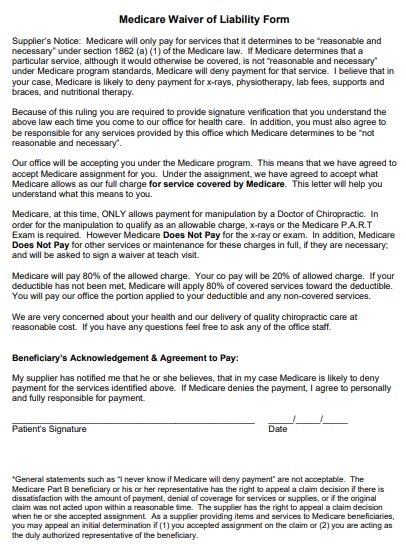
Download Template (11 KB)
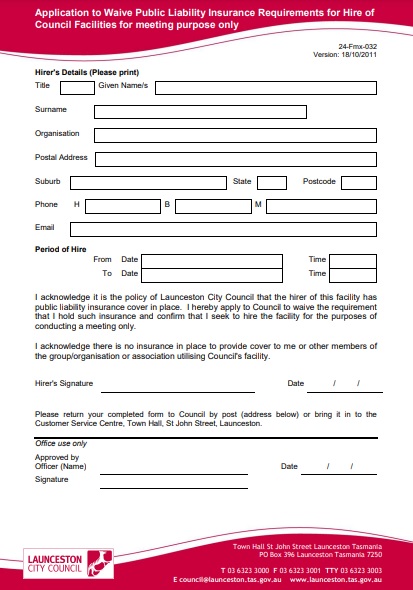
Download Template (258 KB)
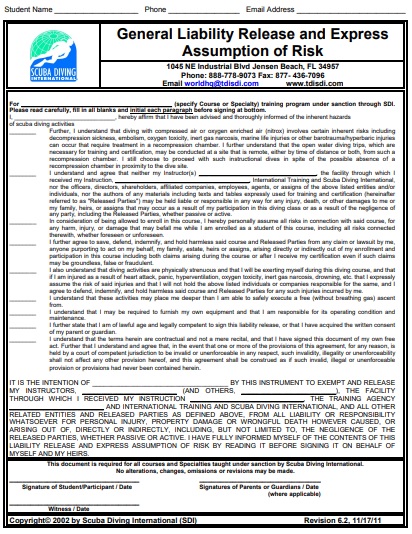
Download Template (925 KB)
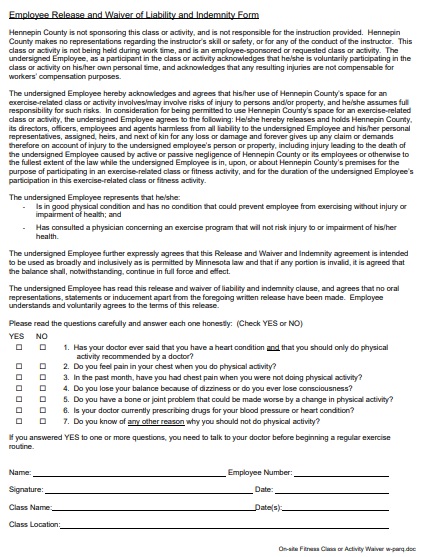
Download Template (19 KB)
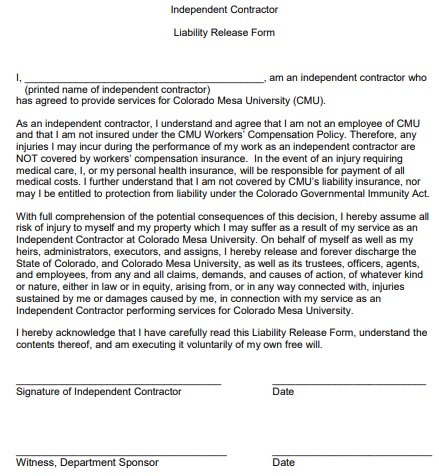
Download Template (66 KB)
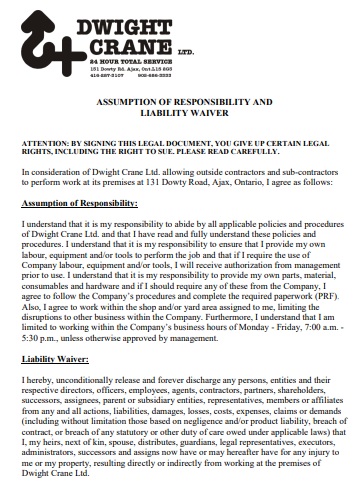
Download Template (174 KB)
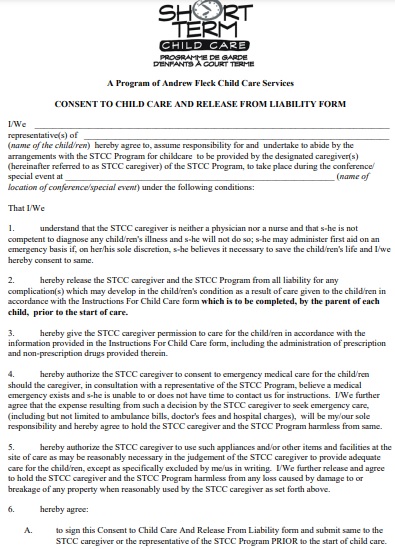 from liability form" />
from liability form" />
Download Template (53 KB)
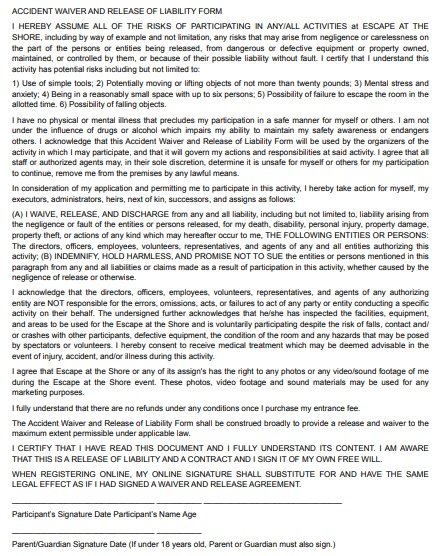
Download Template (41 KB)
A general release of liability form is a document establishing that the consented party (also known as the Releaser) has signed the document. Additionally, he/she shall not or no longer hold the other responsible for any damages, injuries or any incident. Moreover, the receiving party (referred to as the Release) may be responsible for. An activity participant who participates in a liability waiver acquires the risks of the activity by signing the document. In the same way, when you act like that, the company removes the legal liability. Further, you can do it from the business or the person responsible for the action.
How useful was this post?
Click on a star to rate it!
Average rating 5 / 5. Vote count: 1
No votes so far! Be the first to rate this post.